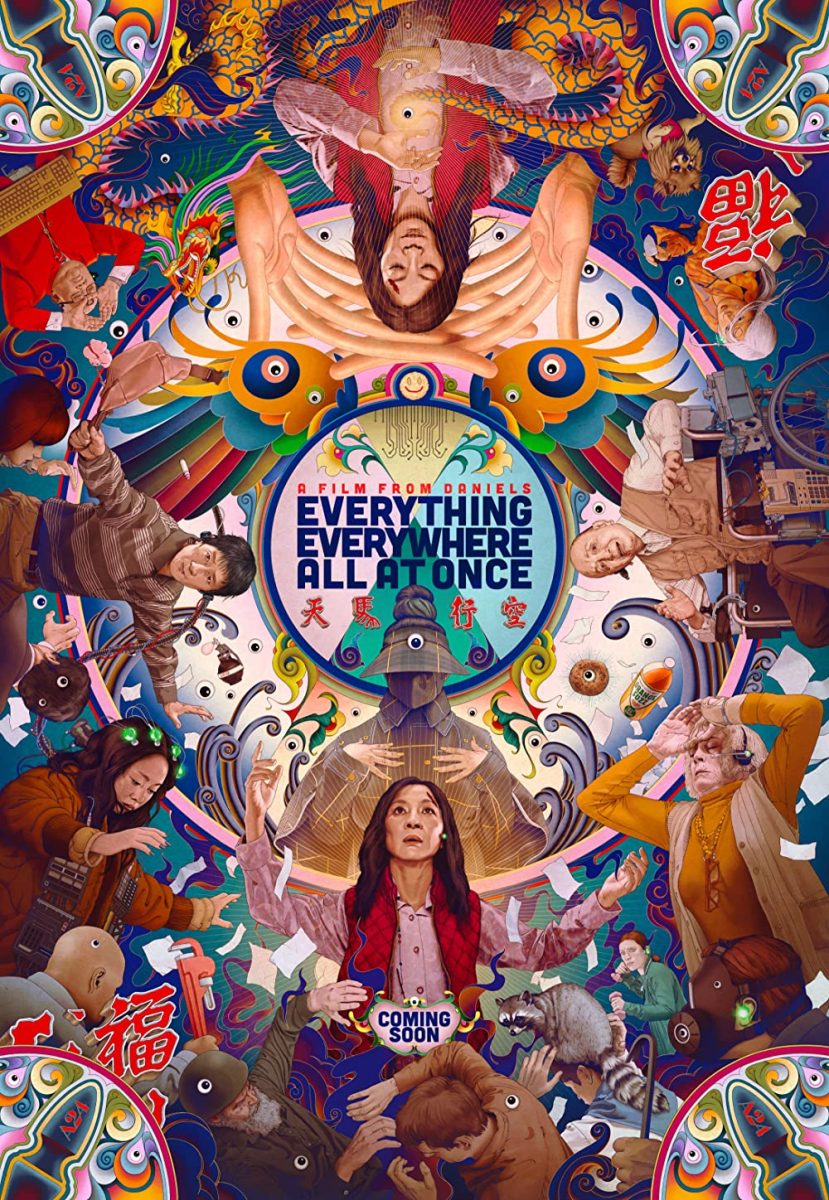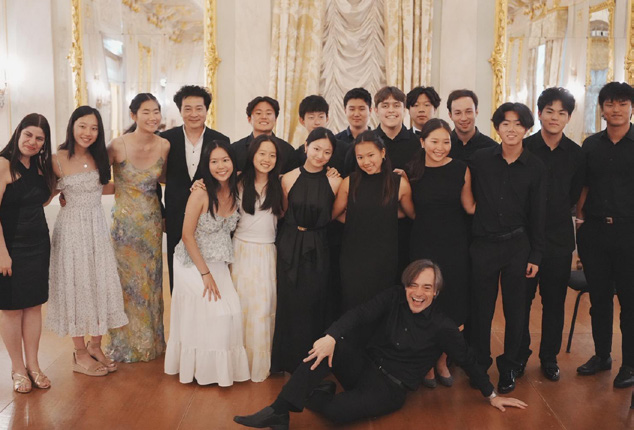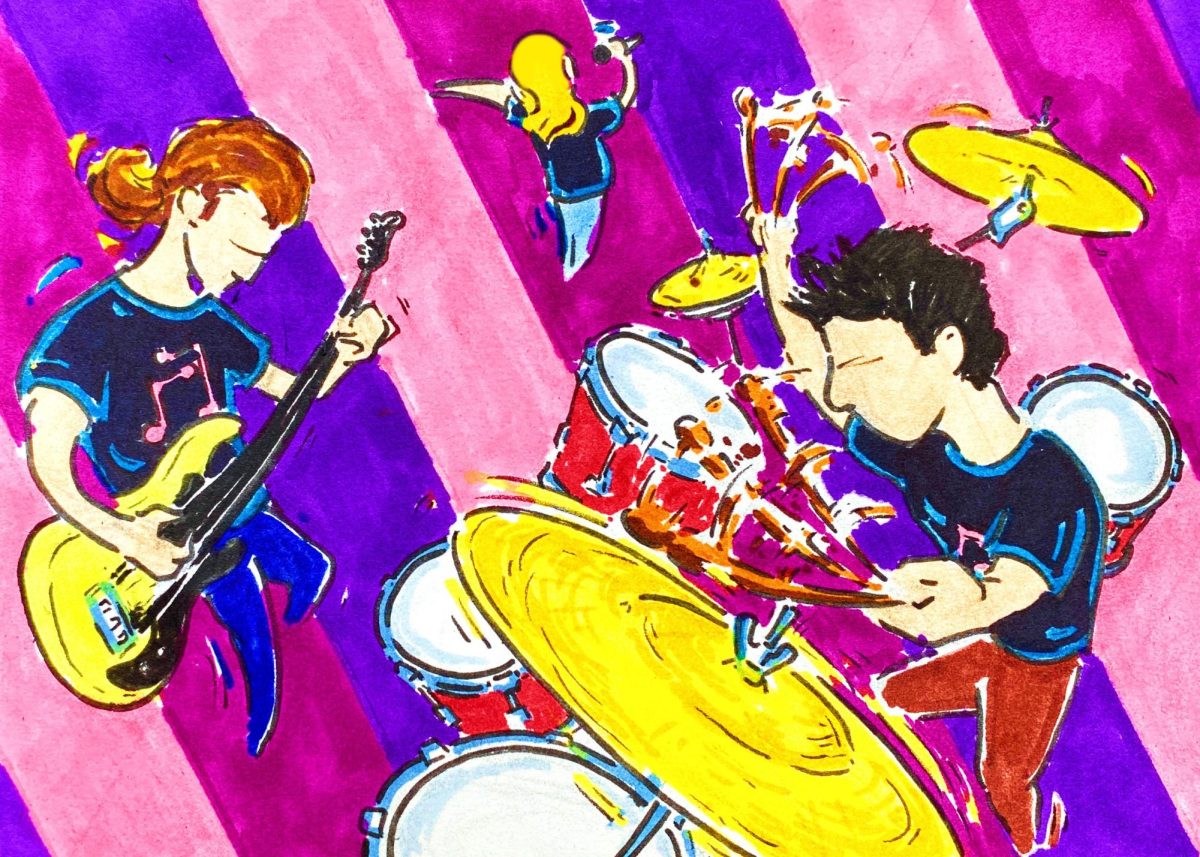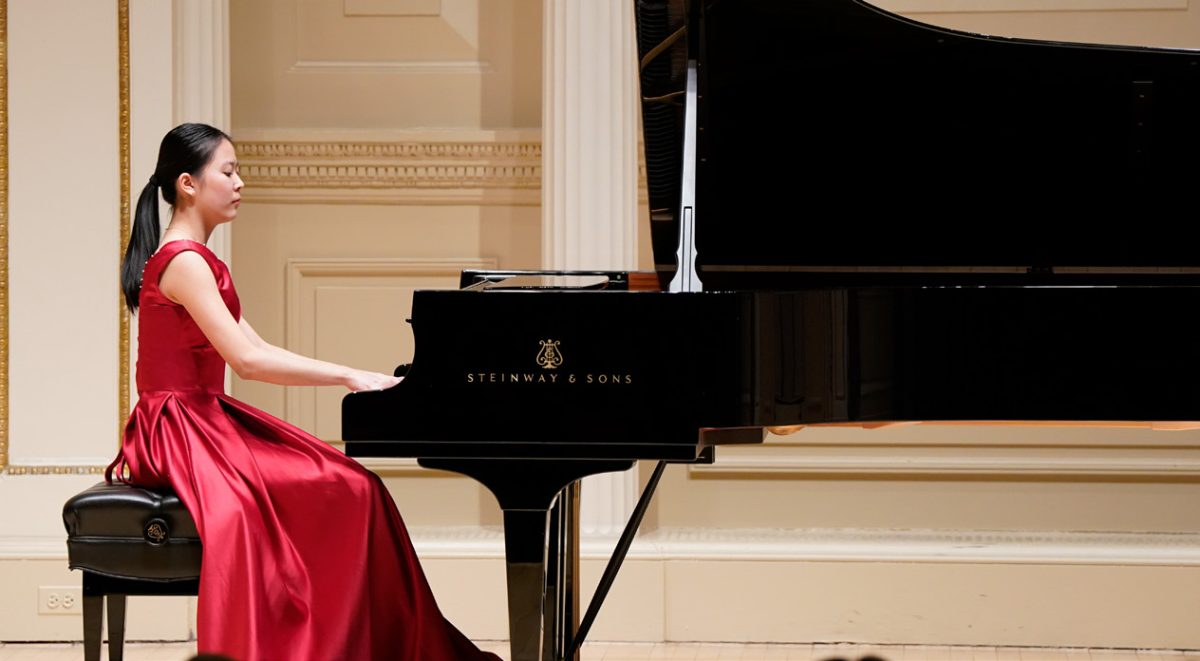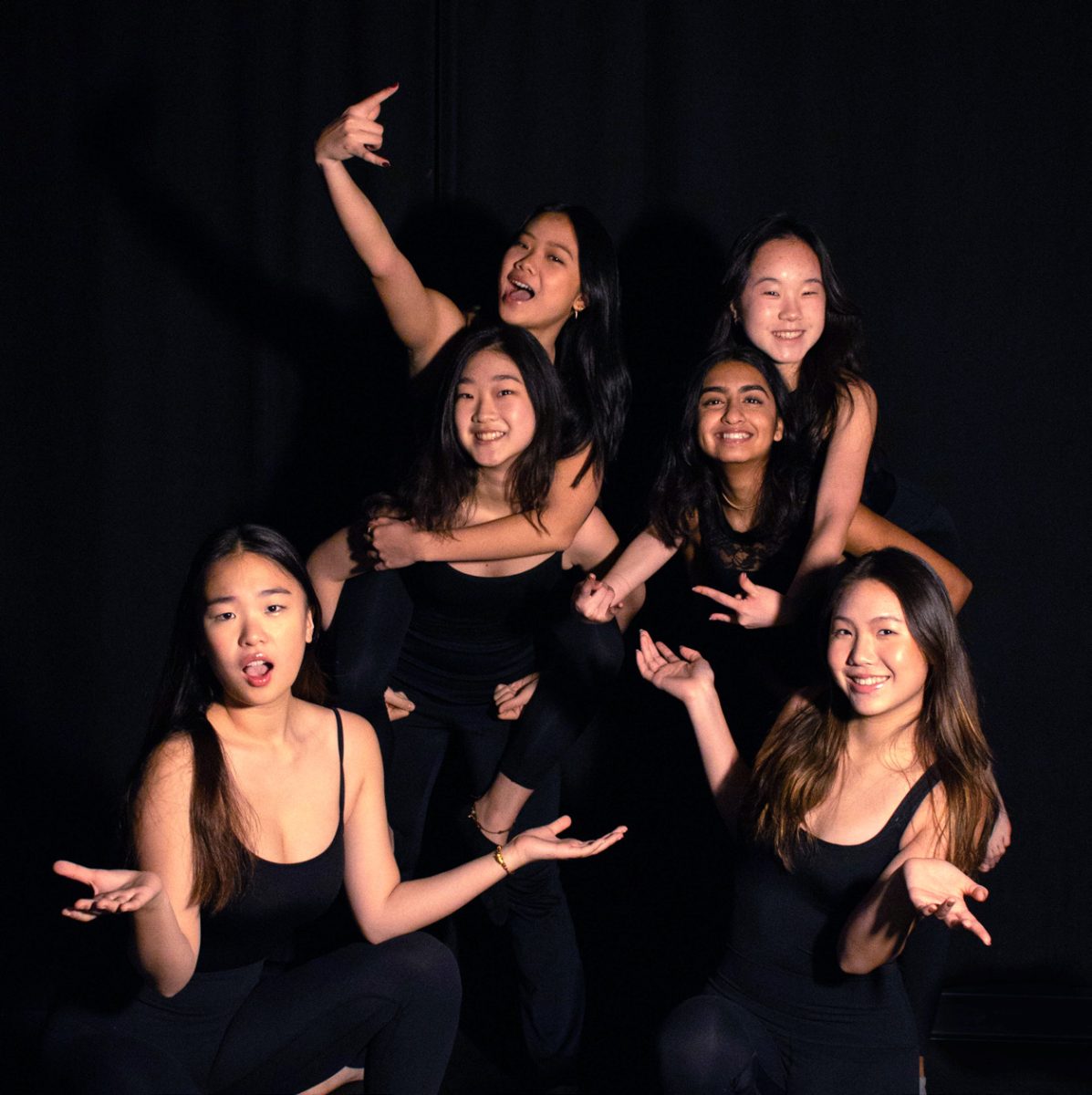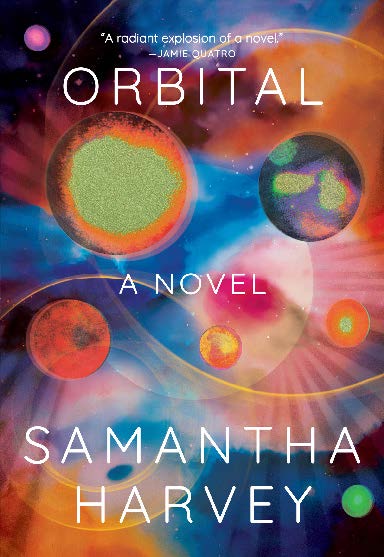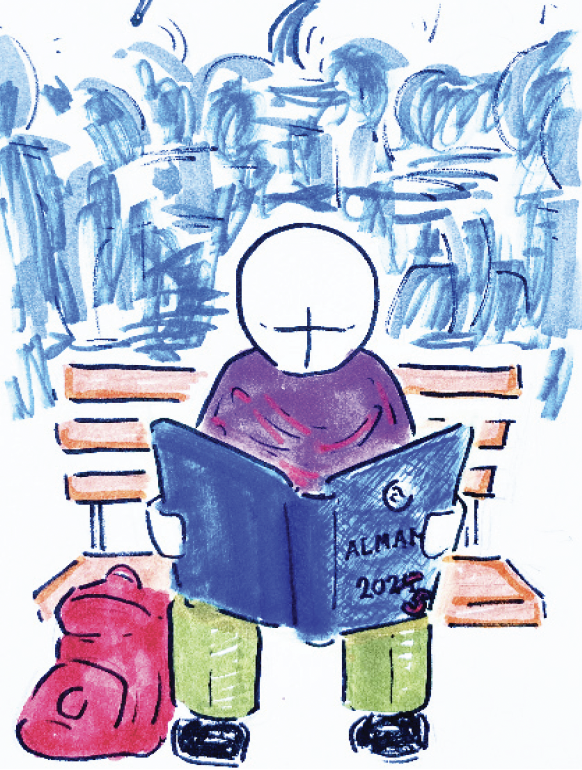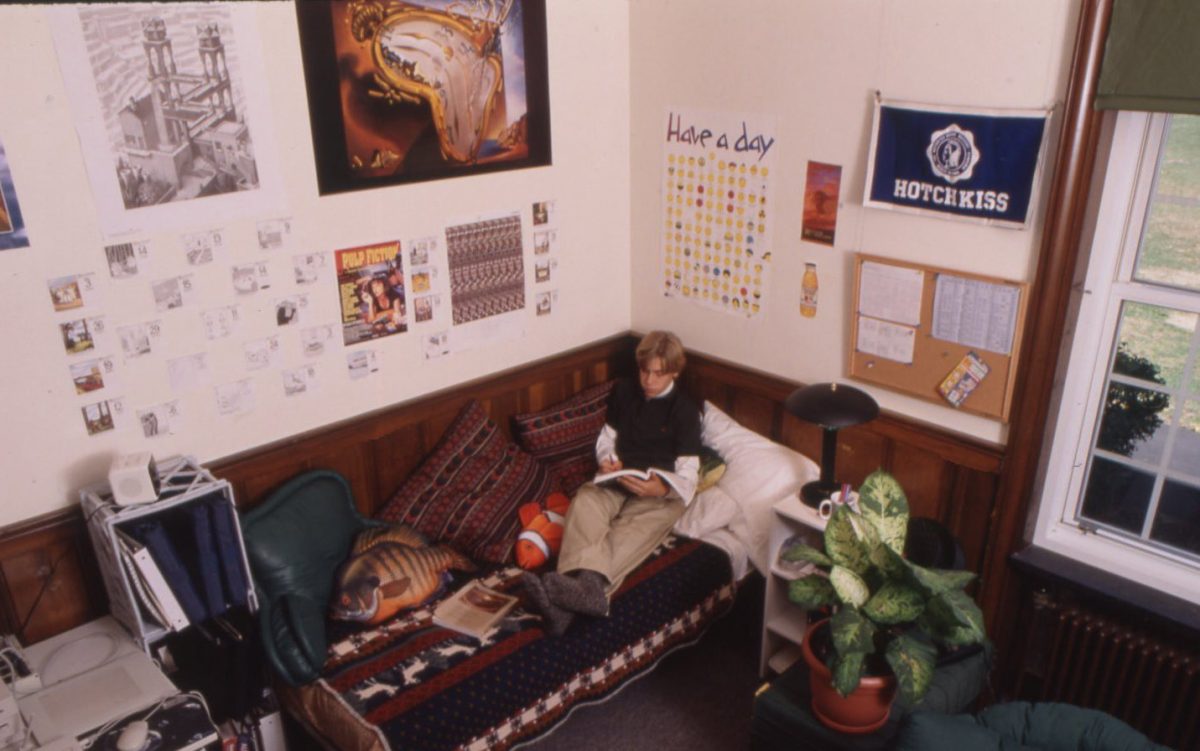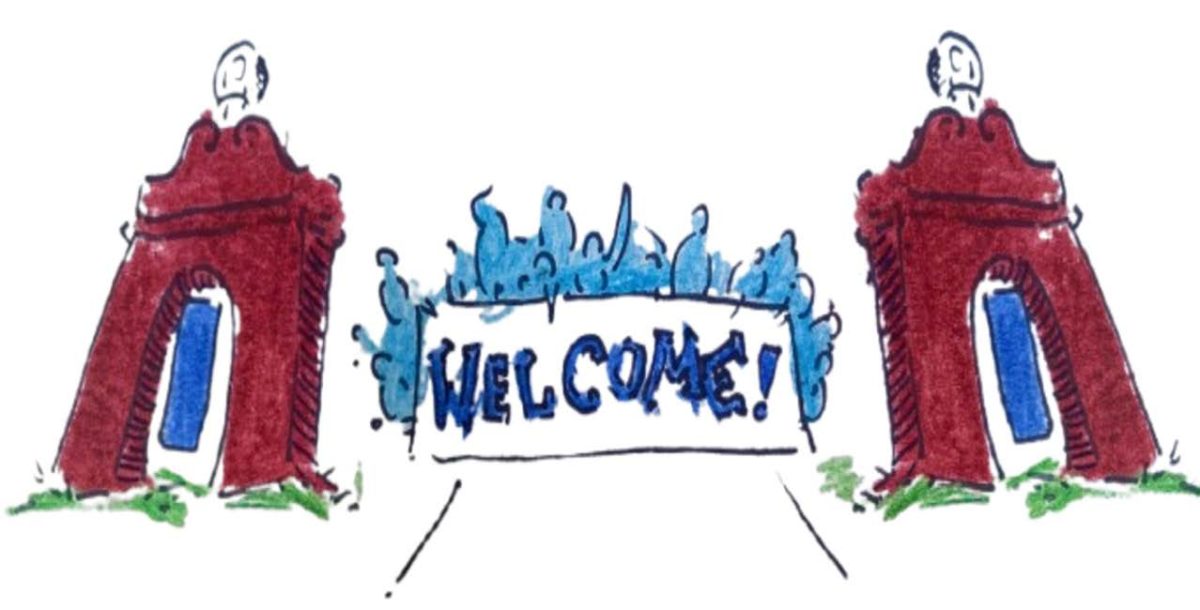A collage of action, comedy, and science fiction directed by Daniel Kwan and Daniel Scheinert, Everything Everywhere All at Once is a humorous take on the multiverse theory that, at its core, tells a story of generational family trauma. The film shows you that even if you are the “worst version” of yourself, you are still capable of love and vulnerability.
Evelyn (Michelle Yeoh), owns a laundromat with her husband, Waymond (Ke Huy Quan). Evelyn moves to the United States, placing her hopes in a new American life. When her disapproving father (James Hong) visits from China, reality soon diverges from her imagination. While Evelyn struggles to keep her family’s business afloat, her relationship with her daughter Joy (Stephanie Hsu) and husband suffer.
After setting up the stage with real life issues, the movie takes a turn. While attending her audit meeting, Evelyn’s life is split into two, literally. A multiverse- version of Waymond, “Alpha” Waymond, visits her through her husband’s body, warning her of a great evil that has been permeating the multiverse: Jobu Tupaki. Evelyn is forced to learn how to jump from one multiverse version of herself to another, absorbing skills from each of those fractured lives. We watch Evelyn explore every world where she is more successful, rich, and famous, until she succumbs to the imprisoning thought that everything is meaningless. With the help of her husband and daughter, however, Evelyn eventually finds meaning in a perceived mundane life.
The storyline captures the difficult conditions of many immigrant families in the U.S. We see that Joy is burdened by the weight of her mother’s expectations, but we also see where those expectations come from: Evelyn’s father. Evelyn disapproves of her daughter’s sexuality not based on her own judgment, but her father’s. The directors structured the characters to be so complex that there is no true antagonist, making them more believable and applicable to our own lives. As someone with Asian immigrant parents, I know how my parents’ personal challenges have affected my childhood. This message of empathy extends beyond the circumstances Asian American community to everyone.
The plot is heightened with stunning visual effects and cinematography; a majority of the VFX shots were done with a team of merely five people, who created the effects on a low budget. While some may find the effects, coupled with a fast-paced, action-filled storyline to be overwhelming, these components add spark to the film without distracting from its overarching themes. This movie came at a perfect time for me and many others. As the pandemic forced us to go through long stretches of self-reflection, we observed the seemingly perfect and unaffected lives of people on social media. Many of us could not help but long for a reality where there is a better version of ourselves. Yet Evelyn’s ability to feel content and find joy as her “worst” self in the multiverse reassures viewers that we can embrace our messy lives as worthwhile. EEAO can be seen as confusing or messy. Some may find the plot to be just a succession of clashing events, a collection of storylines pasted together in an awkward fashion. On the contrary, I think the message of the movie is found right in that structure: amidst the oceans of chaos, audiences can hang on to the islands in life of kindness, gratitude, and love.

